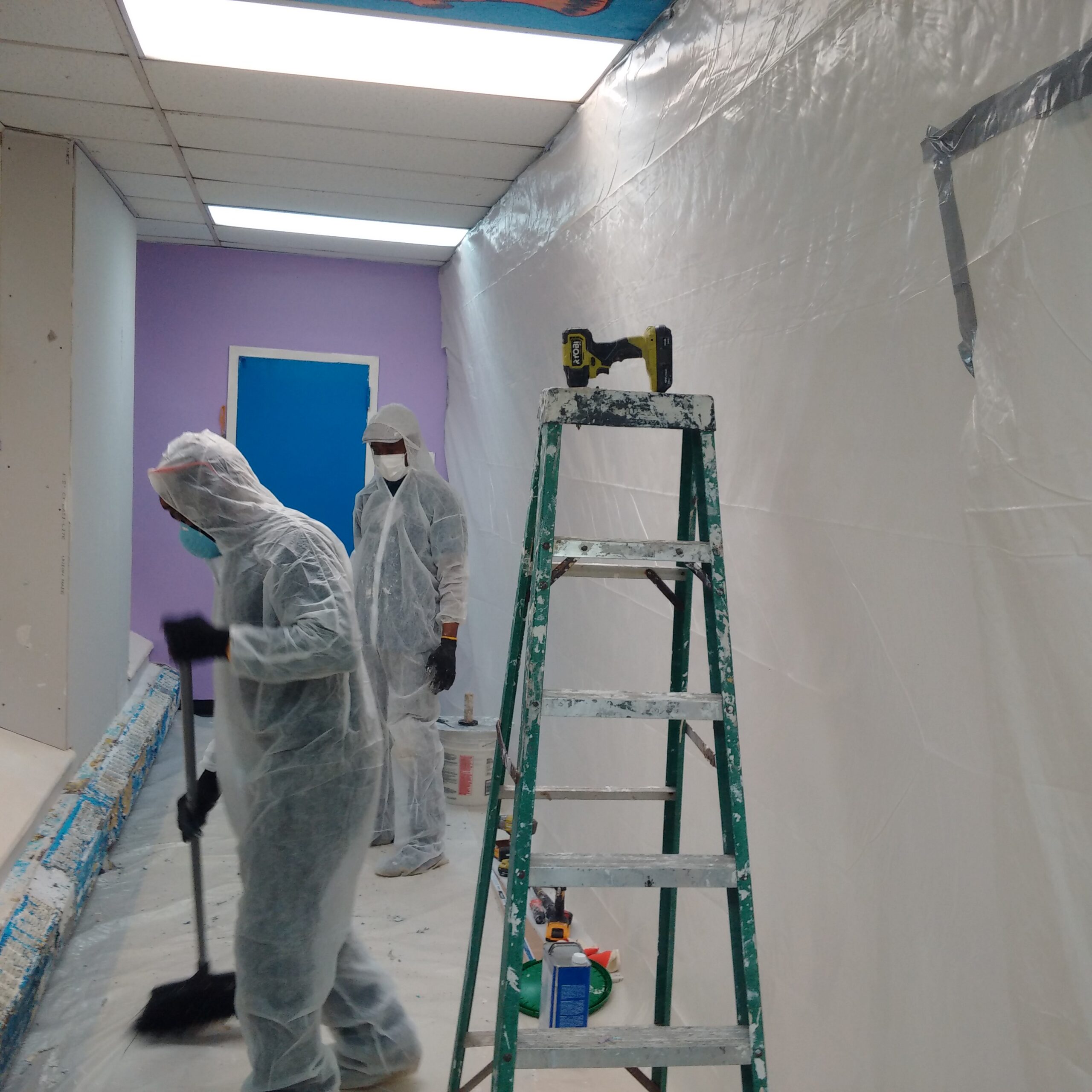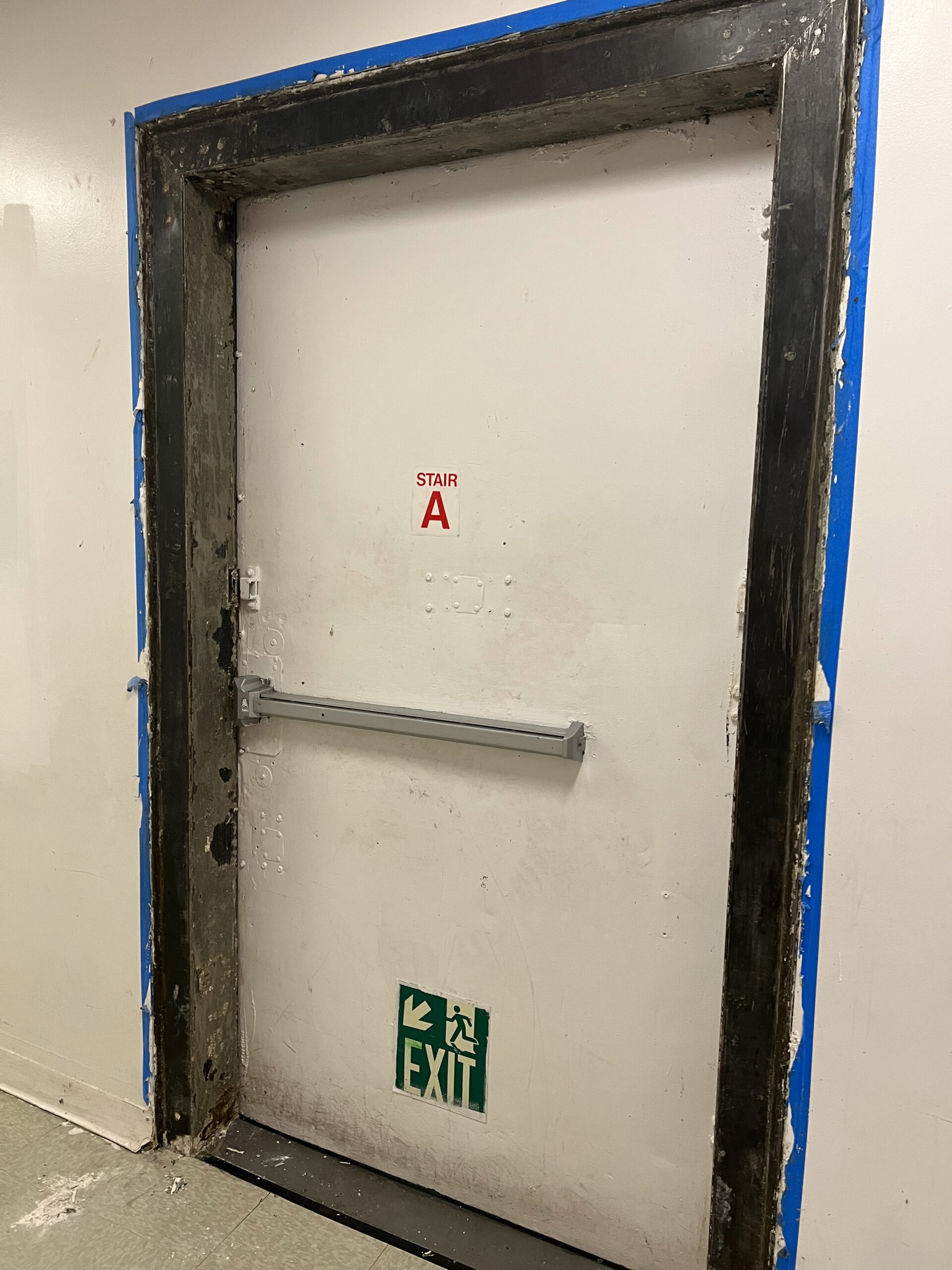NYC Lead Removal Contractors-- Get Safe and Efficient Services
NYC Lead Removal Contractors-- Get Safe and Efficient Services
Blog Article
Important Tools and Strategies for Efficient Lead Offense Cleaning
Resolving lead infractions successfully requires an extensive approach that mixes the right devices with tactical techniques. The very first action includes gearing up workers with Individual Protective Equipment (PPE) to safeguard their wellness. Simultaneously, the use of specialized cleanup devices, such as HEPA vacuums and lead-specific cleaning representatives, is critical for detailed pollutant removal. Reliable containment approaches, consisting of plastic sheeting and adverse air stress systems, are important to prevent the spread of unsafe materials. Risk-free disposal practices and rigorous adherence to governing standards make sure responsible handling of hazardous waste. What are the nuanced strategies that genuinely make a difference?
Individual Safety Tools
Individual protective equipment (PPE) is an important part in the reliable management of lead contamination cleanup. PPE serves as a crucial obstacle, guarding employees from the hazardous effects of lead exposure, which can result in severe health consequences. The vital PPE for lead clean-up consists of respirators, safety garments, handwear covers, and eye security. Each kind of devices is particularly created to alleviate different dangers related to lead bits and dust.
Respirators, specifically those equipped with HEPA filters, are crucial for filtering system airborne lead bits, avoiding breathing. Protective apparel, consisting of coveralls and disposable fits, prevents lead dirt from adhering to employees' garments, reducing the danger of secondary contamination.
In addition, rigorous training on the proper usage and upkeep of PPE is important. Employees must be enlightened on donning and doffing procedures to stay clear of contamination. Routine examinations and replacements of PPE elements are necessary to preserve their safety capabilities, making sure a safe and compliant cleaning procedure.
Specialized Cleanup Equipment

One more crucial tool is the wet/dry vacuum, which can successfully tidy up both dirt and fluid impurities. These vacuums often feature HEPA filters to provide an extra layer of security. Damp wipes or tack cloths are additionally crucial for surface area cleansing; they are especially designed to capture and hold lead bits, lowering the threat of spreading out contamination.
For more stubborn deposits, specialized lead-removal cleansing agents are needed. These agents are developed to damage down lead particles, making them easier to remove. Scrub brushes with durable bristles can assist in this process, especially on rough surface areas where lead dust often tends to stick extra highly.
Additionally, encapsulants are made use of to seal lead-contaminated surface areas, preventing the launch of lead dirt. These specialized paints and layers are designed to abide by numerous substrates, providing a lasting service for lead control.
Efficient Containment Methods
Efficient containment approaches are vital in reducing the spread of lead contamination during clean-up activities. Carrying out durable containment strategies guarantees that lead bits do not migrate to unaffected areas, therefore securing both workers and the setting (DOH & HPD Lead Violation Removal NYC).

To improve control, encapsulants can be put on surface areas that are not being eliminated or disturbed. These specialized finishes bind lead dust, lowering its accessibility for resuspension. Additionally, all personnel need to wear proper Personal Safety Equipment (PPE), including respirators and non reusable suits, to stop contamination spread.
Safe Disposal Practices
Making sure secure disposal methods is a critical element in the monitoring of lead contamination cleanup. Correct disposal mitigates the danger of lead coming back the environment and threatening public wellness. The initial step is to recognize and segregate lead-contaminated waste from other products. Secure containment utilizing sturdy, leak-proof containers is important to protect against spillage during transport.
Carrying lead waste calls for adherence to rigorous standards. Making use of licensed contaminated materials providers guarantees that the materials are managed properly. Documents, consisting of shows up describing the kind and amount of waste, must go along with deliveries to track the waste from the website of origin to its final disposal destination.
Designated dangerous waste disposal facilities are equipped to handle lead-contaminated materials securely. These centers click here for more info usually use innovative techniques such as stabilization, solidification, or chemical treatment to counteract the lead before disposal. Landfilling in specialized, lined locations that protect against leachate from polluting groundwater is a typical method for final disposal.
Regular training for employees entailed in lead garbage disposal is important to maintain safety criteria and stop unexpected exposure. By sticking to these methods, organizations can considerably decrease the ecological and health and wellness impacts connected with lead contamination.
Regulatory Conformity Tips

Complying with regulatory conformity is critical in the effective execution of lead contamination cleanup. Comprehending and following government, state, and local laws makes sure not just the security and health informative post of individuals yet likewise the lawful and monetary health of the cleanup company. The Environmental Protection Firm (EPA) sets strict criteria, such as the Lead Remodelling, Fixing, and Painting (RRP) Policy, which mandates correct accreditation and training for service providers dealing with lead-based tasks.
Conformity starts with a thorough assessment of suitable regulations and laws. Organizations must stay updated on any type of legal modifications, which can be promoted via regular training sessions and subscribing to industry updates. Paperwork is one more important conformity facet; keeping thorough documents of all tasks, consisting of examination records, staff member training logs, and disposal shows up, is crucial.
In addition, involving with licensed lead assessors or take the chance of assessors makes certain that lead threats are appropriately recognized and alleviated. Employers should impose the use of Personal Safety Tools (PPE) and make sure that security protocols are strictly adhered to. Transparent interaction with stakeholders, including employees, customers, and regulative bodies, will cultivate a culture of compliance pop over to this web-site and responsibility, inevitably adding to a more secure and much more efficient lead cleanup procedure.
Final Thought
Efficient lead offense clean-up demands the combination of specialized tools and critical approaches to ensure safety and security and efficacy. Making use of HEPA vacuums, specialized cleansing agents, and reliable containment approaches such as plastic sheeting and adverse air pressure systems is imperative. Individual safety devices (PPE) safeguards employees from exposure, while risk-free disposal practices and stringent adherence to governing compliance are crucial for responsibly taking care of hazardous waste. Jointly, these actions considerably minimize health dangers and add to a cleaner environment.
Report this page